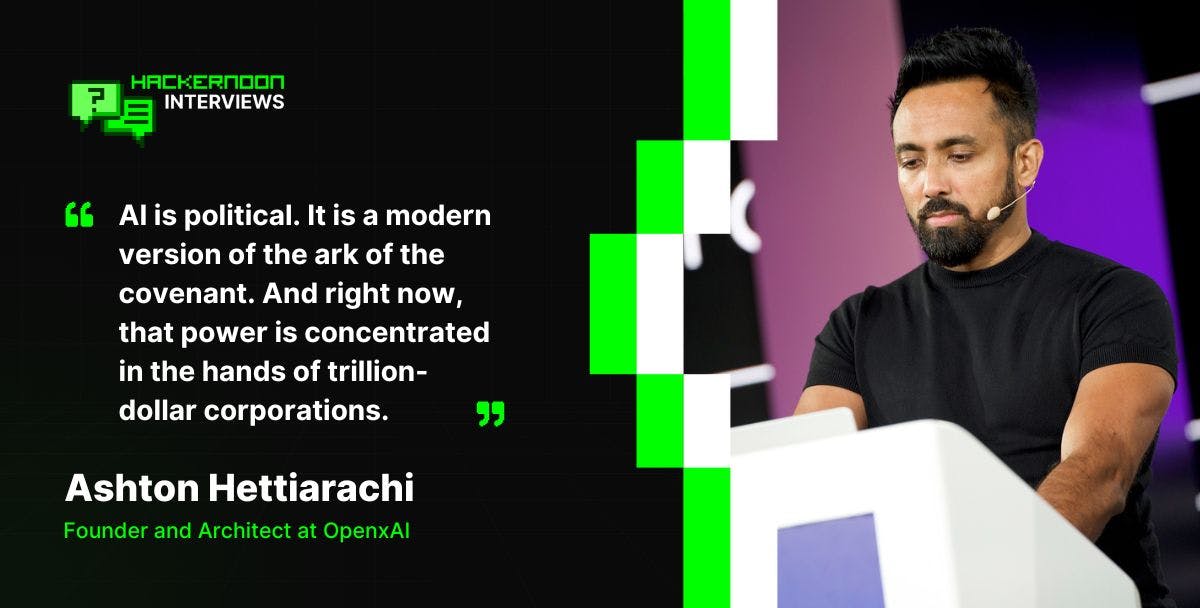A former Tesla engineer, now head of autonomous driving at China’s Chery, on July 4 shared her outlook on Chinese automakers’ future capacity to scale autonomous driving technology, as Tesla leads the way with its mass data and sophisticated artificial intelligence models.
Domestic companies are roughly 1.5 to 2 years behind Tesla in developing “end-to-end neural network” technology for autonomous driving. The recent release of Tesla’s Full Self-Driving (FSD) software v12 marked “a great leap forward” in applicability and user experience (our translation) according to Gu Junli, chief executive of Chery-affiliated ZDrive.ai, and a former senior staff machine learning engineer at Tesla, speaking at this year’s World Artificial Intelligence Conference (WAIC) in Shanghai.
Gu said she expects Chinese players to partially replace modules of advanced driver assistance systems (ADAS) with data-driven, rather than rule-based, neural networks by 2025. This shift comes as car companies ramp up efforts to collect fresh, multiformat data to improve models with more computing power. However, there would not be a single large neural net, where the core capability of Tesla’s latest software is built, for production cars until 2026-2027 in China, Gu added. Tesla in April announced its FSD users had traveled a cumulative 1.2 billion miles.
Recent figures from the community-run FSD Community tracker show Tesla’s remarkable progress in refining its autonomous driving features. The latest FSD v12.3.6 version can drive 372 miles (599 kilometers) between critical disengagements, compared with just a few miles it reportedly achieved two years ago, according to crowdsourced data released by the website in May. Tesla chief executive Elon Musk later forecasted on X “a major improvement in MPI (miles per intervention)” with the release of the FSD v12.5 in late June.
“This means the system has met the requirements for most users on normal daily commutes,” said Gu.
Several Chinese early movers are working to achieve a partial end-to-end pipeline for enabling their advanced driving features, hoping to gradually transition to fully end-to-end algorithms. On July 5, Li Auto revealed details about what it called “China’s first single one model” behind its Navigation on ADAS (NOA) functions. The Chinese electric vehicle startup claimed this model would use raw sensor input to generate vehicle motion plans. However, unlike Tesla’s solution of “basically photons in and controls out,” as described by Musk, it still relies on pre-defined, explicitly coded rules to produce control actions as output.
Meanwhile, other peers, such as Xpeng Motors and Huawei, have been taking partial end-to-end approaches, using separate neural networks for multiple tasks such as perception, planning, and action, while many are still struggling to improve results. According to a recent survey compiled by China’s Gaogong Industry Institute, Chinese users typically take the controls at least 1-2 times per 100 kilometers (62 miles) as their cars’ ADAS functions do not react appropriately in urban scenarios. Tesla may find issues in localizing its ADAS software due to China’s complicated traffic conditions, said Xpeng’s head of autonomous driving, TechNode reported.
Gu mentioned Chery’s plan to launch the advanced city NOA function for some premium models in the first quarter of next year, while its single deep learning network could go live in 2026. The Chinese auto major, which sold nearly 1.9 million cars last year, plans to integrate Level 2 ADAS systems into as many as 500,000 new cars sold this year, including 150,000 units for overseas markets. Based in the eastern Chinese city of Wuhu, Chery had a relatively late start in autonomous driving, with ZDrive.ai being set up early last year.
Despite Tesla’s leading position with its training wheels finally taken off, Gu envisioned that Chinese companies would contribute to a wider and more personalized adoption of self-driving technology worldwide. State-owned Chery in April reached a joint venture deal with Spain’s EV Motors to produce cars at a former Nissan plant in Barcelona later this year, Reuters reported. Meanwhile, customers from some overseas markets could access Xpeng’s XNGP ADAS capabilities as early as next year, president Brian Gu told investors during an earnings call in May.
READ MORE: Chinese companies take on Tesla’s Full Self-Driving with non-lidar approach, end-to-end AI











